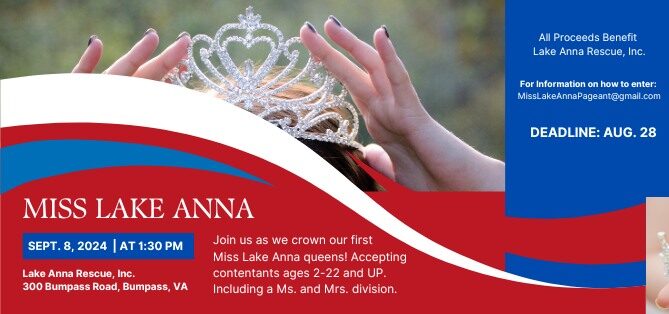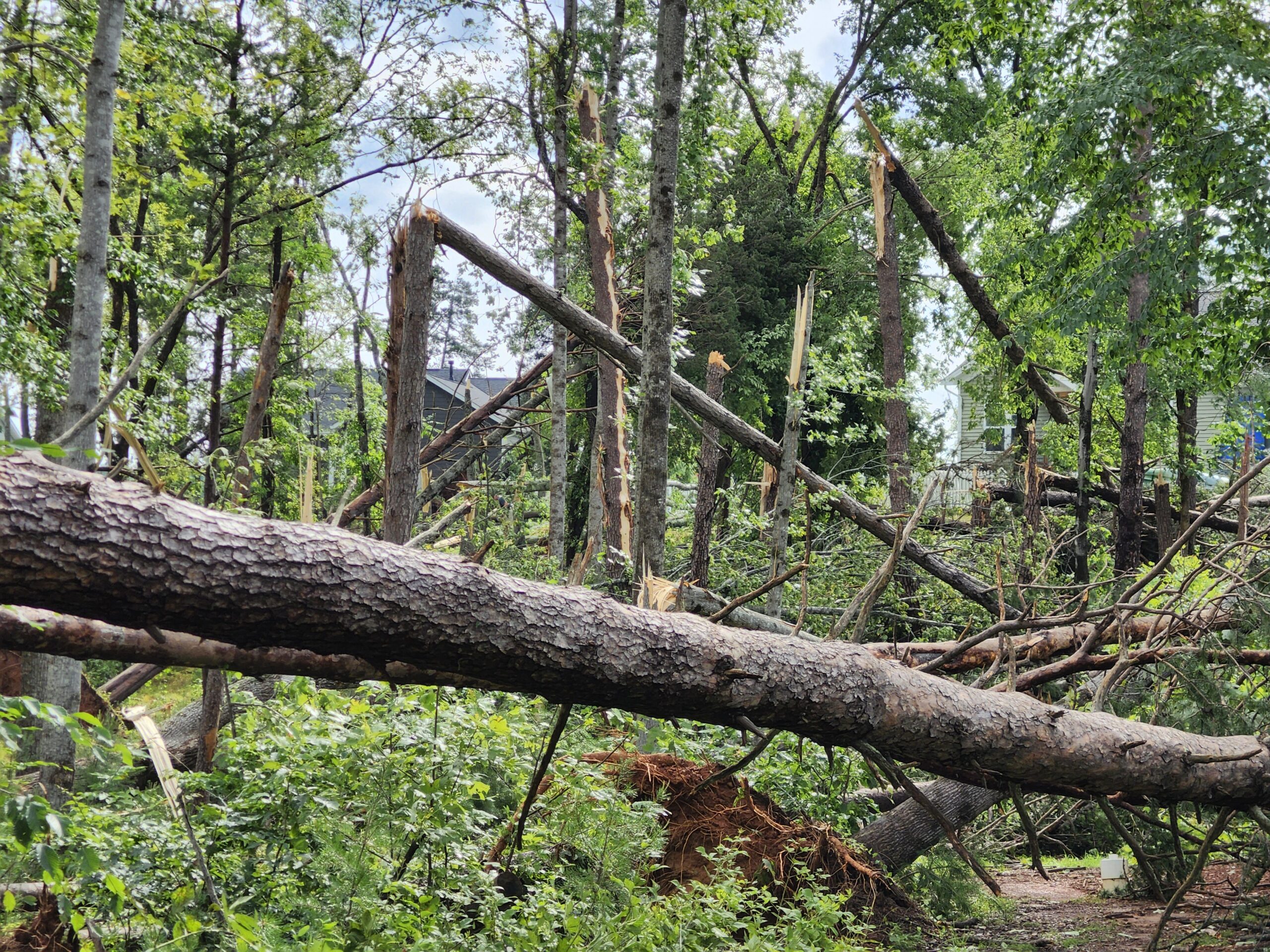You don’t have to be a meteorologist to know when the weather is extreme…although having one available can be helpful if you want a scientific name for what you are experiencing. Lake Anna recently took advantage of that availability when it suffered a weather event identified by Sunset Cove, Bluewater residents and retired National Weather Service meteorologist Mike Eckert as a “wet microburst.”
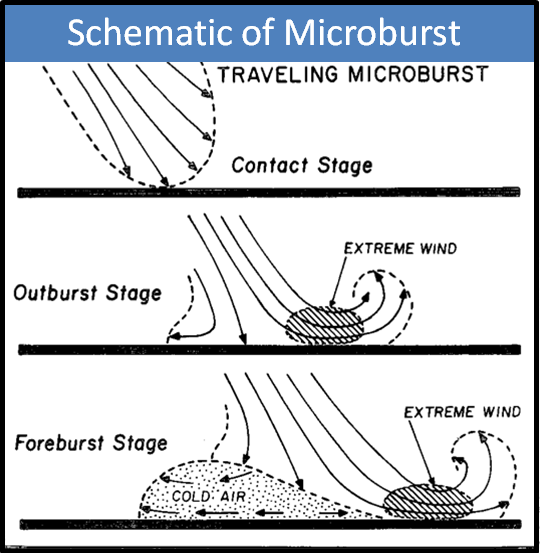
One of the most extreme weather events, Eckert explained, a “microburst” is a violent downdraft often occurring with a thunderstorm and capable of doing major damage to structures and vegetation on the ground. The National Weather Service (you know, those other meteorologists) says that a microburst can be up to 2.5 miles wide and have winds up to 100 miles per hour, most of its damage occurring when the downdraft winds strike the ground and are deflected horizontally. Their nature makes microbursts very difficult to predict and prepare for, often adding to the severity of their effects. Lake Anna’s microburst, Eckert estimated from its damage pattern, was approximately two to three square miles in size.
Lake Anna suffered through its microburst about 3:45pm on June 26th during a storm passing through the area. The extreme weather seemingly came out of nowhere and lasted less than twenty minutes. The lake’s microburst brought near tornado force winds with rain and scattered half-inch size hail and was centered around the Bluewater, Maple Springs and Sunset Cove, developments, the latter with more than 300 trees downed.
More broadly, the event did significant damage to yards, trees, roofs, garage doors, outdoor surrounding vegetation and, at its apex, literally blowing out some windows. Fortunately, there were no injuries.
Rose Valley Island, a tiny snippet of land in the middle of the channel lost its single tree, becoming a virtually invisible sand bar and a potential hazard to boaters.
Eckert monitored the event, took some video and still pictures and posted an explanatory column on his Facebook “Lake Anna Weather” page. While microbursts are sometimes mis-identified as tornados, the difference can be seen on the ground, he explained, by the fact that trees downed by a microburst all tend to point in the same direction instead of the roughly circular pattern associated with tornado damage.
When asked what drove him to choose meteorology as a career, Eckert said “when my family moved to Oklahoma, we endured a storm that included near tornado force winds, rain and baseball sized hail. When it was over, I hit the library looking for information on how such a thing could happen and, sure enough, I was hooked.“
Photo by Michael Eckert

Barry grew up and completed his schooling in southern California, moving to Virginia in 1980.
As a communicator, Barry was a regular columnist for CMSWire, as well as Intranet Development and Newspapers and Technology Magazines, and was a reporter for his local newspaper, The Central Virginian. He was also one of four consultant/authors for the landmark congressional study “Informing the Nation” (1987.)
As a customer service provider: while finishing college, he spent four years in the retail beverage industry, dealing directly with customers.
As a corporate manager, he was a successful manager with several firms, including:
- At Pacific Telephone, he managed groups of up to 150 people and was rated Outstanding among managers in Southern California.
- For Arcata Data Management, he took over a 100-person division known for significant monthly losses and late delivery penalties, taking it to profitability in less than six months.
- For Planning Research Corporation, he managed a staff of 100 contractor personnel in the computer center for the White House (EOPCC), taking the Award Fee contract from zero award to maximum in six months.
As a project manager, Barry successfully led and completed major projects.
-
For the private sector: Pratt & Whitney Canada, Boeing Helicopter, Sikorsky Aviation, Ford Motor Company (through Tweddle Group,) World Book Encyclopedia, The Bureau of National Affairs.
-
For the Federal government: Congressional Research Service (CRS), Internal Revenue Service (IRS), U. S. Office Management and Budget (OMB), Executive Office of the President (White House), Department of Defense (Army National Ground Intelligence Center (NGIC), Air Force Material Command, Naval Sea Systems Command.)
-
For State Governments: Administrative Code systems for Texas and Oklahoma.
As an entrepreneur, he co-founded and led two successful firms including X.Systems, (founded in 1993 and acquired by XyEnterprise in 2009.)
He is a graduate of California State University/Los Angeles with a BA in psychology, and of the rigorous Bell System Management Achievement Program.
Subscribe for Updates
Sponsors
latest articles
Lake Anna Barbell Fitness Center Breaks Ground at Roundabout Plaza
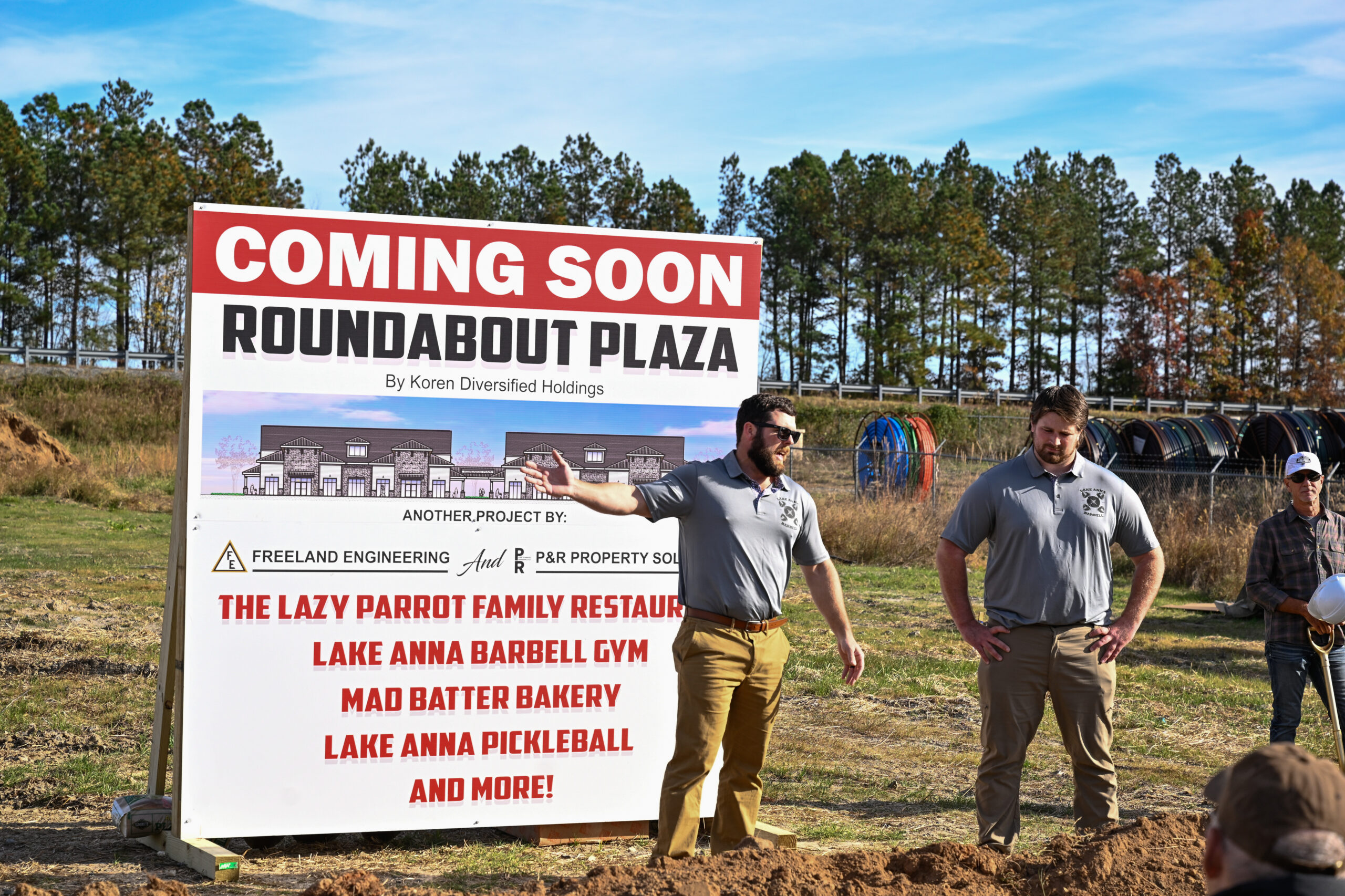
A Social Club with a Charity Problem: Lake Anna Roosters & Foxes Raise Big for Local Needs

“No One Leaves Here Hungry”: The Louisa County Resource Council Impacts Thousands of Locals in Need
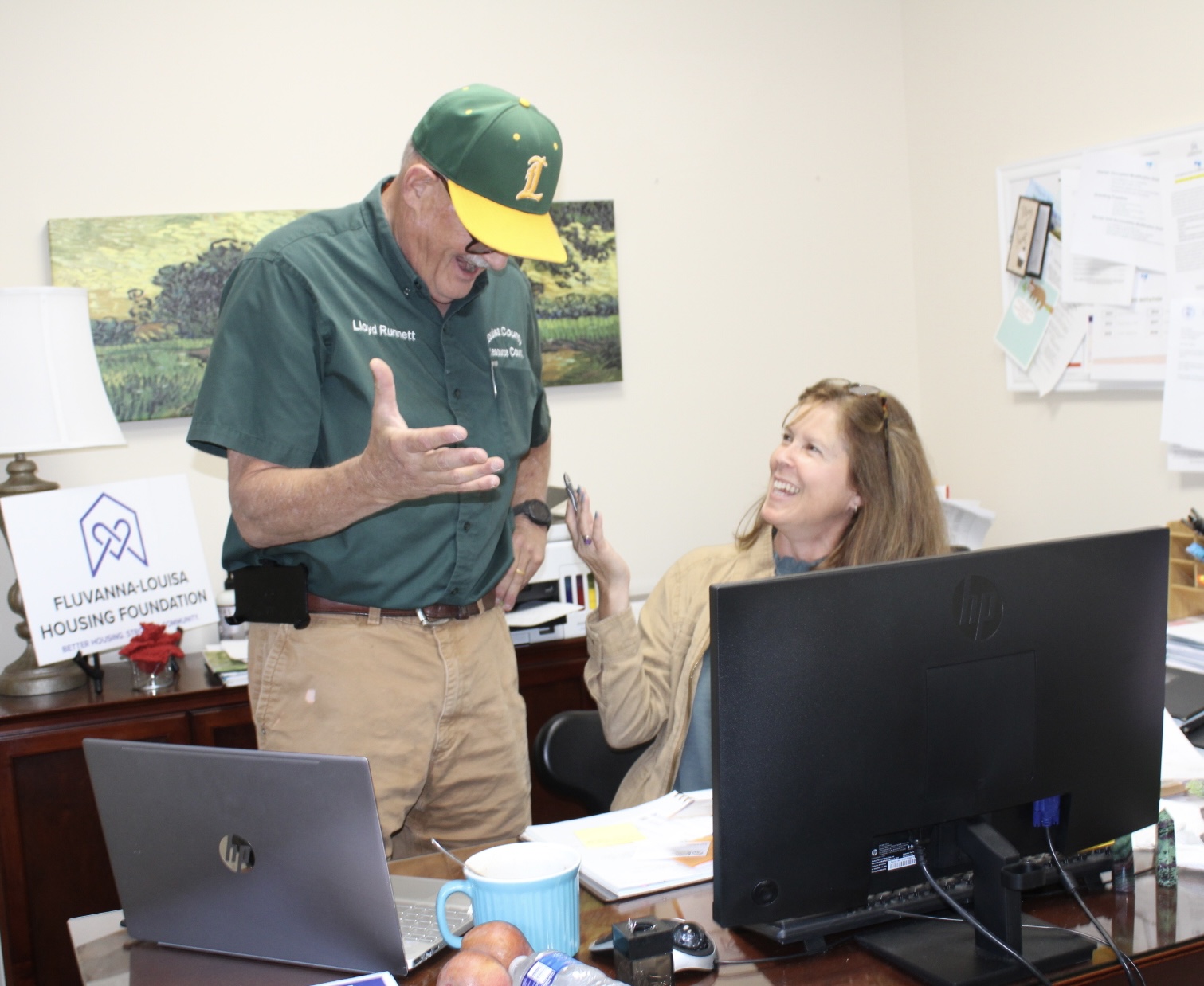
Remembering “DJ Mike”

Winter Weather Forecast: What to Expect this Season

Beau’s Perspective: The White Stuff
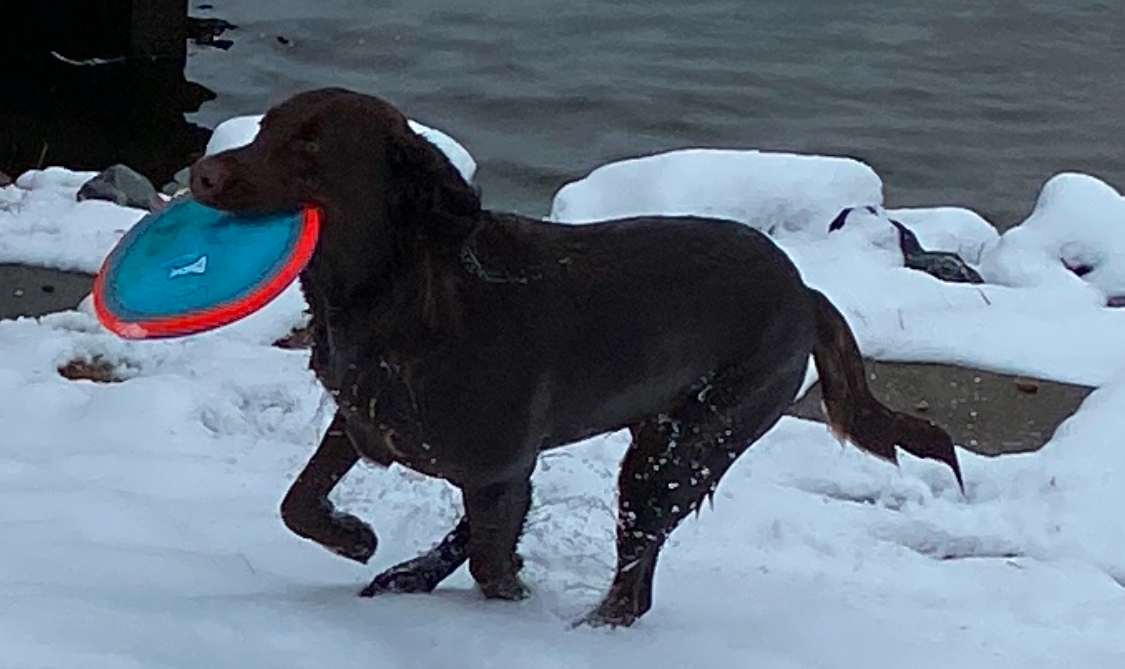
You don’t have to be a meteorologist to know when the weather is extreme…although having one available can be helpful if you want a scientific name for what you are experiencing. Lake Anna recently took advantage of that availability when it suffered a weather event identified by Sunset Cove, Bluewater residents and retired National Weather Service meteorologist Mike Eckert as a “wet microburst.”

One of the most extreme weather events, Eckert explained, a “microburst” is a violent downdraft often occurring with a thunderstorm and capable of doing major damage to structures and vegetation on the ground. The National Weather Service (you know, those other meteorologists) says that a microburst can be up to 2.5 miles wide and have winds up to 100 miles per hour, most of its damage occurring when the downdraft winds strike the ground and are deflected horizontally. Their nature makes microbursts very difficult to predict and prepare for, often adding to the severity of their effects. Lake Anna’s microburst, Eckert estimated from its damage pattern, was approximately two to three square miles in size.
Lake Anna suffered through its microburst about 3:45pm on June 26th during a storm passing through the area. The extreme weather seemingly came out of nowhere and lasted less than twenty minutes. The lake’s microburst brought near tornado force winds with rain and scattered half-inch size hail and was centered around the Bluewater, Maple Springs and Sunset Cove, developments, the latter with more than 300 trees downed.
More broadly, the event did significant damage to yards, trees, roofs, garage doors, outdoor surrounding vegetation and, at its apex, literally blowing out some windows. Fortunately, there were no injuries.
Rose Valley Island, a tiny snippet of land in the middle of the channel lost its single tree, becoming a virtually invisible sand bar and a potential hazard to boaters.
Eckert monitored the event, took some video and still pictures and posted an explanatory column on his Facebook “Lake Anna Weather” page. While microbursts are sometimes mis-identified as tornados, the difference can be seen on the ground, he explained, by the fact that trees downed by a microburst all tend to point in the same direction instead of the roughly circular pattern associated with tornado damage.
When asked what drove him to choose meteorology as a career, Eckert said “when my family moved to Oklahoma, we endured a storm that included near tornado force winds, rain and baseball sized hail. When it was over, I hit the library looking for information on how such a thing could happen and, sure enough, I was hooked.“
Photo by Michael Eckert

Barry grew up and completed his schooling in southern California, moving to Virginia in 1980.
As a communicator, Barry was a regular columnist for CMSWire, as well as Intranet Development and Newspapers and Technology Magazines, and was a reporter for his local newspaper, The Central Virginian. He was also one of four consultant/authors for the landmark congressional study “Informing the Nation” (1987.)
As a customer service provider: while finishing college, he spent four years in the retail beverage industry, dealing directly with customers.
As a corporate manager, he was a successful manager with several firms, including:
- At Pacific Telephone, he managed groups of up to 150 people and was rated Outstanding among managers in Southern California.
- For Arcata Data Management, he took over a 100-person division known for significant monthly losses and late delivery penalties, taking it to profitability in less than six months.
- For Planning Research Corporation, he managed a staff of 100 contractor personnel in the computer center for the White House (EOPCC), taking the Award Fee contract from zero award to maximum in six months.
As a project manager, Barry successfully led and completed major projects.
-
For the private sector: Pratt & Whitney Canada, Boeing Helicopter, Sikorsky Aviation, Ford Motor Company (through Tweddle Group,) World Book Encyclopedia, The Bureau of National Affairs.
-
For the Federal government: Congressional Research Service (CRS), Internal Revenue Service (IRS), U. S. Office Management and Budget (OMB), Executive Office of the President (White House), Department of Defense (Army National Ground Intelligence Center (NGIC), Air Force Material Command, Naval Sea Systems Command.)
-
For State Governments: Administrative Code systems for Texas and Oklahoma.
As an entrepreneur, he co-founded and led two successful firms including X.Systems, (founded in 1993 and acquired by XyEnterprise in 2009.)
He is a graduate of California State University/Los Angeles with a BA in psychology, and of the rigorous Bell System Management Achievement Program.
Subscribe for Updates
Sponsors
latest articles
Lake Anna Barbell Fitness Center Breaks Ground at Roundabout Plaza

A Social Club with a Charity Problem: Lake Anna Roosters & Foxes Raise Big for Local Needs

“No One Leaves Here Hungry”: The Louisa County Resource Council Impacts Thousands of Locals in Need

Remembering “DJ Mike”

Winter Weather Forecast: What to Expect this Season

Beau’s Perspective: The White Stuff

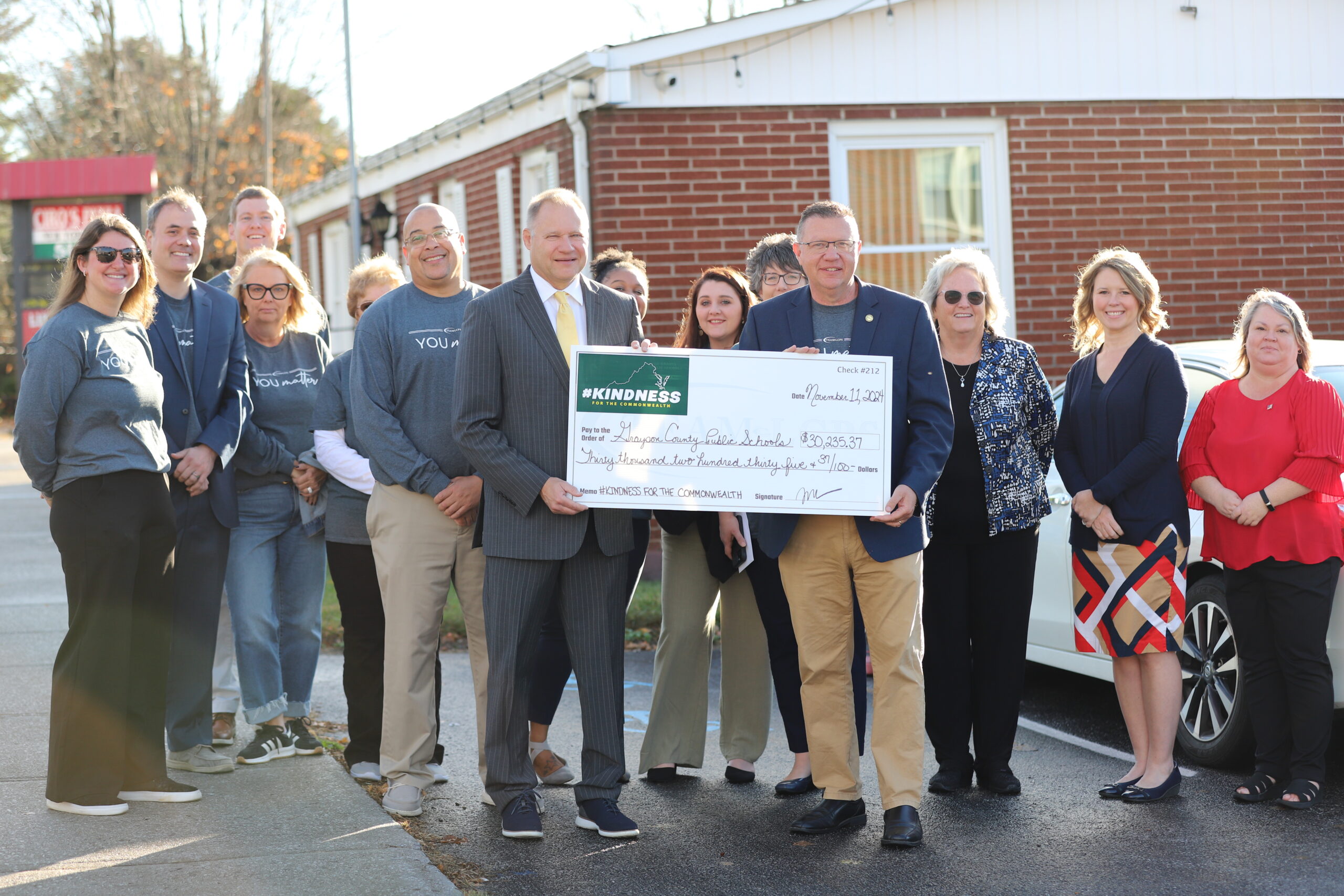
Louisa Schools Deliver $30,000 Donation to Support Grayson County’s Hurricane Recovery
Article By Jen Bailey
Louisa Chamber highlights volunteer standouts
Article By Jen Bailey
